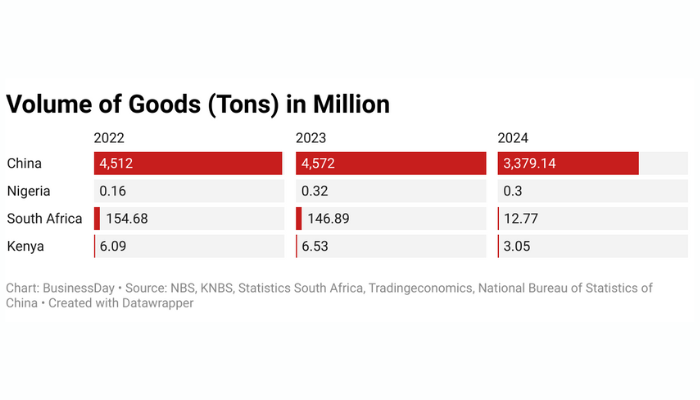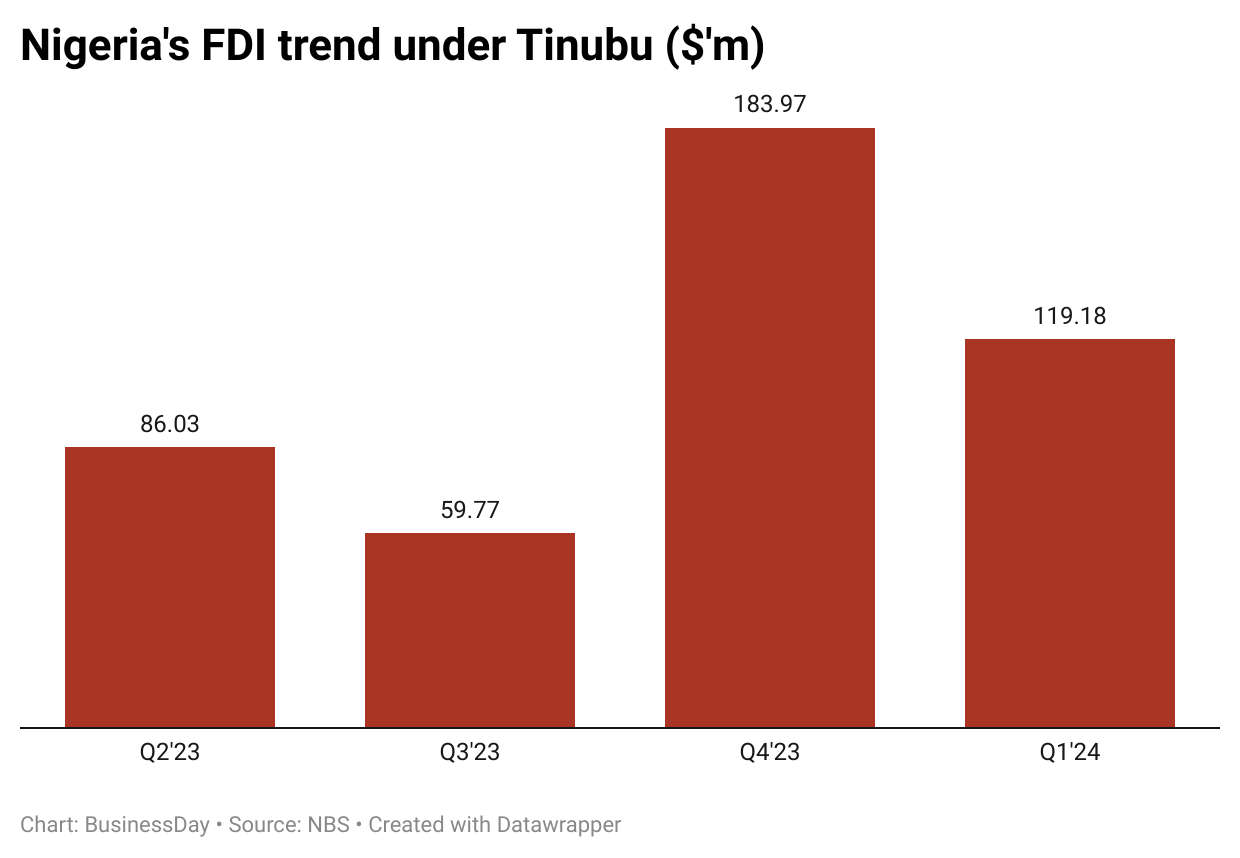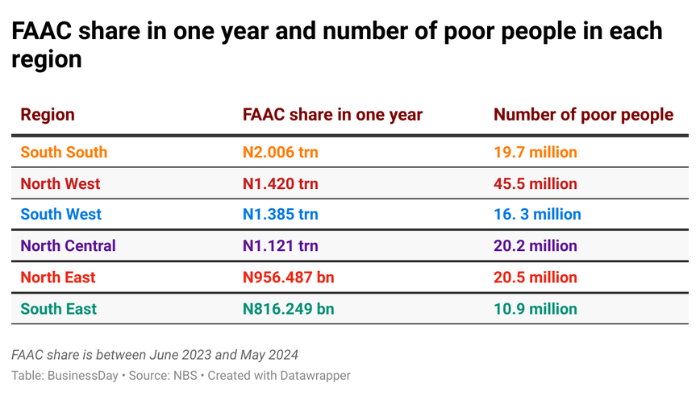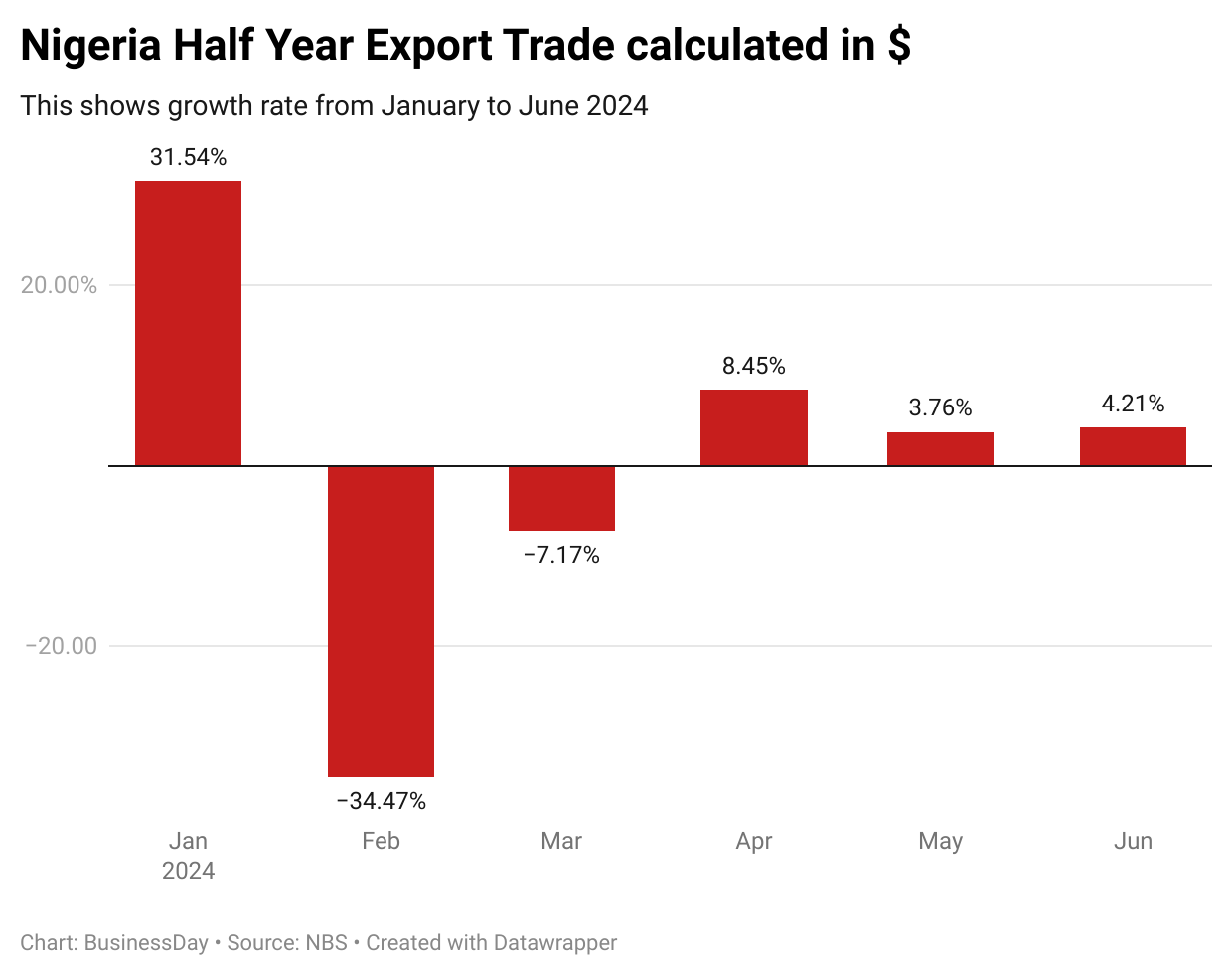Rail transport accounts for less than half a percent of the transport sector’s contribution to Nigeria’s gross domestic product, according to the National Bureau of Statistics (NBS).
Despite this modest share, rail transport remains the most suitable mode for handling heavy traffic flows, especially when speed and cost-efficiency are critical. As the train load increases, the cost per person or per load decreases, making rail transport highly advantageous for moving large volumes of goods and passengers — NBS.
Railroads: The Backbone of Economic Transformation
In the mid-1800s, the United States faced the daunting task of connecting its rapidly growing industries with distant markets across rugged terrain. Completing the Transcontinental Railroad in 1869 marked a turning point, revolutionising commerce and transport. Goods from the agricultural Midwest and the mineral-rich West could be efficiently moved to industrial hubs in the East, slashing transportation costs and fueling economic expansion. Entire industries from steel to agriculture boomed as railroads opened up new regions for settlement, urbanisation, and industrialisation.
Railroads were instrumental in transforming the U.S. into a global industrial power. Similarly, Nigeria can unlock immense economic potential by investing in its rail infrastructure, particularly in cargo freight, which could significantly boost industries.
Nigeria’s Colonial Railroads: A Different Story
While the United States built its railroads to unify its economy and drive national growth, the British colonists had different motives when they introduced railways to Nigeria in the late 19th and early 20th centuries. Their primary goal was to extract and export valuable raw materials such as groundnuts, cotton, palm oil, and tin. For instance, the Lagos-Kano railway was designed to connect Nigeria's resource-rich hinterlands to coastal ports, making moving these goods to Europe easier.
Though this rail infrastructure transformed Nigeria’s economy, it served colonial interests more than local economic integration or industrialisation. Unlike the U.S., where railroads strengthened internal markets, Nigeria’s rail network was geared towards exporting raw materials, leaving behind a legacy of underutilised infrastructure.
Post-Independence: Reclaiming the Railways for National Growth
After independence, successive Nigerian administrations recognised the potential of railroads to boost economic activity. However, efforts to revive the rail sector were slow and challenging. In the late 1990s and early 2000s, serious attempts to resuscitate Nigeria's rail network began.
President Olusegun Obasanjo’s administration initiated discussions with China to revitalize the sector, setting the stage for future reforms. By 2006, the Nigerian Railway Corporation (NRC) was partially reorganized, and a few rail lines were rehabilitated.
Significant progress followed during President Goodluck Jonathan’s tenure. In 2012, the historic Lagos-Kano rail line was restored and reopened for business, signaling Nigeria's commitment to modernizing its infrastructure. Jonathan’s administration also launched the Abuja-Kaduna railway project, a significant step in connecting Nigeria’s economic hubs.
Buhari’s Vision: Modernising Nigeria’s Rail Network
President Muhammadu Buhari’s administration undertook significant efforts to modernize Nigeria’s rail infrastructure, completing key projects shaping the nation's transport landscape. Among these is the Abuja-Kaduna Standard Gauge Rail, completed in 2016, which has become a vital transport link for both passengers and cargo. The Lagos-Ibadan railway line, completed in 2021, is a crucial link between the industrial southwest and Lagos, Nigeria's economic powerhouse.
The administration also completed the 327 km Itakpe-Warri Standard Gauge Rail in 2020, 33 years after construction began, enhancing freight and passenger movement in the region. The rehabilitation of the Agbor Railway Village and the creation of an ancillary facilities yard in 2021 facilitated commercial freight operations, particularly supporting the AKK Gas Pipeline project.
Despite the progress, the Abuja Light Rail project, launched in 2018, was abandoned in 2020 due to the pandemic. However, President Bola Tinubu completed it in 2024, reopening the first phase of the Chinese-built light railway network in Abuja, four years after its suspension. This reactivation is part of ongoing efforts to improve urban transport in the capital.
Tinubu's administration also oversaw the rehabilitation of the Lagos-Kano narrow gauge railway, resuming freight services in June 2024 to shift cargo traffic from road to rail, reducing accidents and enhancing travel safety.
Beyond these, Buhari's administration introduced e-ticketing systems that doubled revenue on certain rail routes, established a Transportation University in Katsina, created over 11,000 new jobs through rail projects, and set up a Rail Wagon Assembly Plant in Ogun State.
These rail projects are yet to significantly shift freight traffic from roads to rail because the production centers are yet to be connected to rail tracks. Nigeria still faces challenges in fully unlocking the potential of its rail system, particularly in cargo freight.
Nigeria’s Rail Freight: A Work in Progress
Recent data from the National Bureau of Statistics (NBS) for Q2 2024 shows a 152.49 percent surge in cargo freight YoY, with 143,759 tons of goods transported by rail, up from 56,936 tons in Q2 2023. While this surge is promising, it pales in comparison to other African nations like South Africa and Kenya. South Africa transported 106 million tons of freight by rail between 2022 and 2023 on average, while Kenya moved 5.2 million tons in the same period. Nigeria, meanwhile, handled just 260,000 tons.

This lag has implications for the economy. The bulk of goods in Nigeria are still transported by heavy-duty vehicles on roads, which are prone to accidents, extortion, and armed robbery. Moreover, these vehicles rely heavily on diesel, which has seen a 64.58% price increase between August 2023 and 2024, contributing to rising transportation costs and overall inflation.
Energy Prices and Inflation: A Vicious Cycle
High energy costs are one of the main drivers of inflation in Nigeria, particularly core inflation, which reflects deeper systemic economic issues. Oluyemi Cardoso, the Governor of the Central Bank of Nigeria (CBN) highlighted this during the 297th Monetary Policy Committee (MPC) meeting in September 2024. The CBN raised the monetary policy rate (MPR) to 27.25 percent, noting that while food inflation had moderated, core inflation remained elevated due to rising energy prices.
Reducing Nigeria's reliance on road transport for goods by improving rail infrastructure could help address these inflationary pressures. Lower transport costs would reduce the price of goods, benefiting both consumers and businesses.
Private Sector Partnerships: A Path Forward
To effectively combat inflation and improve food security, Nigeria must turn to strategic partnerships with the private sector. Linking production centers with consumption hubs via modern rail infrastructure will foster more efficient distribution, reduce transportation costs, and minimize post-harvest losses—key drivers of food inflation.
According to USAID, post-harvest losses in Nigeria amount to about 50 percent, largely due to improper packaging, inadequate transportation, and poor storage. Improving the rail system could drastically reduce these losses, as more goods could be moved quickly and efficiently across the country.
The Cost of Freight: Rail vs. Road
BusinessDay analysis shows that the average freight cost via rail is N3,760.33 per ton. For example, moving goods in a 20-foot container would cost approximately N105,289.24 (28 tons × N3,760.33), while a 40-foot container would cost about N112,809.90 (30 tons × N3,760.33).
In contrast, trucking a container across Nigeria often costs an average of N2 million, depending on the destination. The rising costs of diesel and other energy inputs, combined with the risks of road travel, make rail transport an increasingly attractive option for businesses looking to reduce costs and improve efficiency.
Conclusion: Railroads as a Solution to Inflation
For Nigeria to reduce food inflation and stimulate economic growth, it must invest in a modern, efficient rail network that connects production and consumption centers. By doing so, the country can lower transport costs, reduce post-harvest losses, and ultimately bring down the price of food. Strategic partnerships with the private sector will be critical to the success of this vision.





